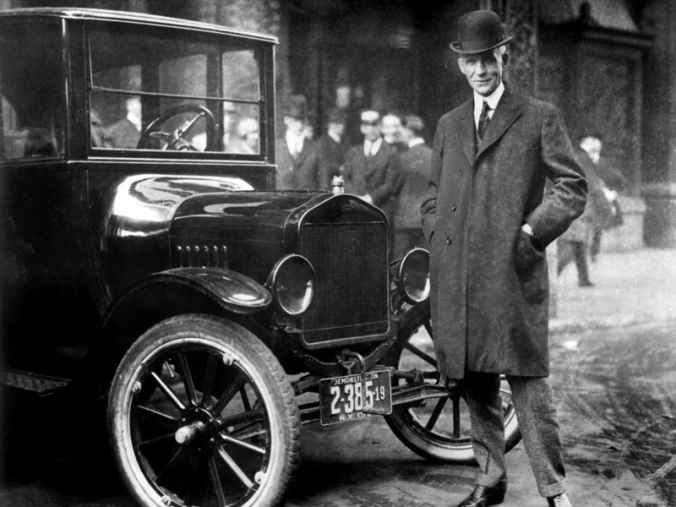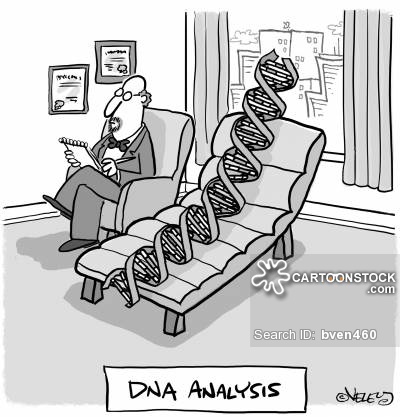
There are a few people in history that have done well for themselves in the context of their reputation, self made or not, making themselves into myth more than man. Oddly, they were already impressive without the fictionalization we have bestowed upon them or they themselves promoted. Edison, Ford and the old west.
Henry Ford was a success in every way. He was an odd duck with unpopular views depending on the era. He is the recipient of myth and legend and giant status. There are things that come from him, and quotes credited to him that he likely never said.
In reference to the Model T, which is at the center of three myths, Henry never likely said, “You can have any color you want, as long as it’s black.” There is one basic reason he would not likely say this, the Model T came in eleven colors. Not only did it come in eleven colors, but in the first 4-5 years, black was not offered. So unless Mr. Ford was unaware of his own production, which seems unlikely, he would not have made such a a statement.
Another myth is that he sent his engineers to junk yards to examine broken down and warn out model T cars to see what was not warn out in order to make it more cheaply. There is much evidence for this investigation but not that that exact reason. Ford manufactured the car as cheaply as possible not to maximize profits but to lower the price.
The investigation was to see where costs could be cut to lower the cost of the car to the consumer. Ford had no need to maximize profits to the extent that he made them poorly, he made over 15,000,000 Model T cars. And there are still tens of thousands of them on the road today. For them to be 100 years old and still running, many virtually unmolested or rebuilt, they could not have been made cheaply.
The last myth was not likely of his making and likely came after his rise to wealth and fame. He in fact did not invent or even perfect the production line. He was the first to apply it to the automobile but far from the first to use the method.
The Chinese divided labor into specialized stations on the same object a long time before the industrial revolution that is credited with the production line invention in some circles. This is a reflection of Eurocentric history writing where Asia is usually not even considered for their contributions to medicine, industry, art, metallurgy or warfare which often preceded Europe by decades to centuries.
It’s well documented in the book, Wealth of Nations and was employed in European armories long before Ford and his Model Ts. As many who have read me may know, I also tend to work from distant to close when discussing how something is wrong or perceived inaccurately.
The Springfield Armory in Massachusetts employed production line design and interchangeability of parts long before Ford. In the time of the Civil War, they so perfected this approach they increased their productivity of Model 1861 rifle by over 300%. Ford didn’t invent the production line, he was the first to apply it to something as large and complex as a vehicle, which was inevitable.
Thomas Elva Edison was a legend of a man. He was in the middle of the industrial revolution in the United States as well. He wasn’t the inventor he was purported to be. Either by his own promotion which is likely, or by others and history, he was a manager of minds, not master of invention.
Edison had a great deal of intelligent men working for him. Edison likely had ideas, and likely inventive ones. But he himself, managed minds and manipulated perception. His famous victim was Nikola Tesla. Many of the electricity claims Edison has been credited with was actually the result of Tesla.
His likely most famous invention he is credited with is the light bulb. He did not invent the light bulb. His workers invented the marketable light bulb. He had bought one of hundreds of the existing patents for light bulbs and through many trials, found a way to make the filament last long enough to sell.
Edison managed inventors and took credit for their work since the work they did was under his employ, and thus his property. In a more modern counter example, Walt Disney hired very creative people to put his ideas into realities. Walt had little idea how, only what he wanted in general. He hired the people to make his visions work. We don’t credit Walt with the invention of all the technology within his lands and worlds. The difference is, Walt promoted his product as a product of Imagineers. Edison promoted himself.
Edison didn’t invent myth or self promotion or ego. He is simply a modern example that will likely be forgotten over time, to the degree we no longer recall past self promoters as we focus on our more modern examples such as Ford and Edison for now.
Another flavor for myth making is one closer to home for me, the wild west. Billy the Kid, Wild Bill Hickok, Buffalo Bill Cody, The James Gang, Butch and Sundance … they were less than the myth we have manufactured. Although far from average.
The number of kills many of these men have been credited with has been proven to be impossible in most cases. Not to say they didn’t kill anyone, but the penny and dime novels that largely made the myths, were more fiction than fact.
The James Gang was credited with so many bank robberies that they would have had to have a Leer Jet to get from one town to another in order to pull them all off. Wild Bill was credited with at least one kill that he didn’t perform since it was used as a defense for the man that killed Bill. The vengeance defense for the killer’s non existent brother.
Buffalo Bill’s history was largely written by himself via his Wild West show. He was accurate for the most part in what he presented and one of the original advocates of the west and it’s native population, but he also had to package the information for his shows so it distorted the perception of the west by making small examples into sweeping generalizations.
He is very likely responsible for one of the most ubiquitous myths of the west. A thrill of the show was a demonstration of gun skill; the main street shootout. Buffalo Bill invested this, in a traveling show. It was not a re-enactment of actual events. Anywhere. Ever …

These are not the real ones …
Butch and Sundance were still being blamed or credited with railroad and bank robberies after they had left the nation. Consider the quality of news reports today, ‘if it bleeds it reads’ is not new. When major cities had sometimes 25 papers and small towns had 2-3, there was much fiction then, more than now. The quality of reporting in the day is not a historical record.
Billy the Kid is probably the most fictionalized, of the old west. He was brazen and deadly but again could not have been in all the places he was reported to have been and thus not done all the deeds credited to him. Story telling is an art form. In many cases it is art of creation rather than accurate reflection. That’s fine, as long as we understand it to be what it is.
A great example of how we don’t know often what is right in front of us, is that for a long time Billy the Kid was assumed to have been left handed. This is based on the most famous of the photos of him in existence. Then, photos were on glass plates. The plate was backwards when it was assumed he was left handed. He was right handed in reality. Simple fact turned backwards that historians bent other information to fit into. Making it all wrong.
There is nothing wrong with myth, The Minnesota Vikings wear a fictional emblem for the Nordic overseas conquerors. Robin Hood likely never existed, King Richard and his Knights likely didn’t either, although people are digging deep on both of those looking for a basis in reality. I hope they are found.
As long as they are understood as colorizations of modern culture, myth is simply context. As long as were open to the idea that they may be real, we are open to wonder. As long as we understand the intent of the teller, we can see through the myth to the man or woman they are built on.
Myth is either the colorization of fact or the hope of wonder. Either is fine. Just like anything else, accept our larger than life figures as potential myth, or be fooled into a fictional character ourselves based on our unrealistic, albeit fun perceptions.


